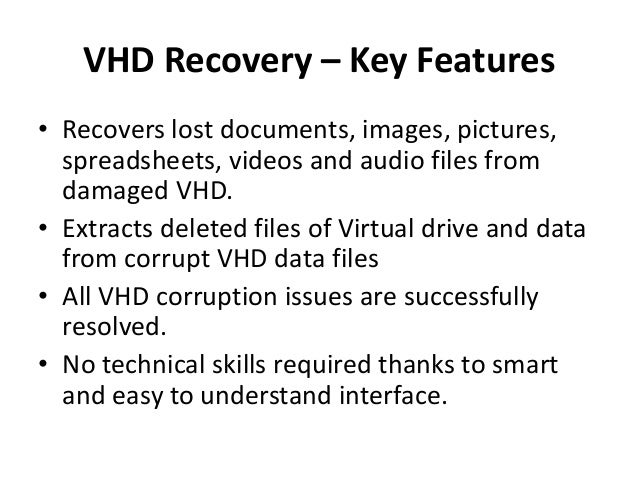Advanced File Recovery refers to the process of retrieving lost, deleted, or corrupted files from various storage devices such as hard drives, solid-state drives (SSDs), USB flash drives, memory cards, and more. This process often involves specialized software or techniques designed to recover data that cannot be accessed through normal means.
Here's an overview of how advanced file recovery works:
1. File Deletion or Corruption: Files can be lost due to accidental deletion, formatting of storage devices, corruption of file systems, or hardware failure. In some cases, the files may still exist on the storage device but are inaccessible to the operating system.
2. Data Recovery Software: Advanced file recovery typically begins with the use of specialized data recovery software. These programs are designed to scan the storage device for traces of deleted or lost files. They work by analyzing the file system and searching for data that has been marked as deleted but still physically present on the storage medium.
3. Scanning Process: The software conducts a thorough scan of the storage device, looking for file signatures or patterns that indicate the presence of recoverable data. This process can take some time depending on the size of the storage device and the extent of the data loss.
4. File Reconstruction: Once the software identifies recoverable files, it reconstructs them using the available data fragments. This process may involve piecing together fragments of files from different parts of the storage device. Advanced algorithms are employed to ensure the accuracy of file reconstruction and to minimize data corruption.
5. Preview and Recovery: Most data recovery software allows users to preview recovered files before proceeding with the recovery process. This enables users to verify the integrity of the recovered data and select specific files for recovery. Once the desired files are selected, the software copies them to a specified location, typically a different storage device to avoid overwriting existing data.
6. Specialized Techniques: In some cases, advanced file recovery may require specialized techniques such as file carving, which involves extracting files based on their underlying file structures rather than relying on file system metadata. These techniques are often employed when the file system is severely damaged or when standard recovery methods are insufficient.
7. Professional Services: For particularly challenging data loss scenarios, individuals and businesses may opt to seek the assistance of professional data recovery services. These services employ highly specialized equipment and expertise to recover data from physically damaged storage devices or situations where software-based recovery methods have failed.
8. Data Protection and Prevention: While advanced file recovery techniques can often retrieve lost data, it's essential to prioritize data protection and prevention measures to minimize the risk of data loss in the first place. Regular backups, proper storage device maintenance, and the use of reliable data recovery software can help mitigate the impact of data loss incidents.
Overall, advanced file recovery is a crucial process for recovering valuable data that has been lost or inaccessible due to various reasons. Whether it's personal photos, important documents, or critical business data, the ability to recover lost files can often make the difference between a minor inconvenience and a significant loss.




























